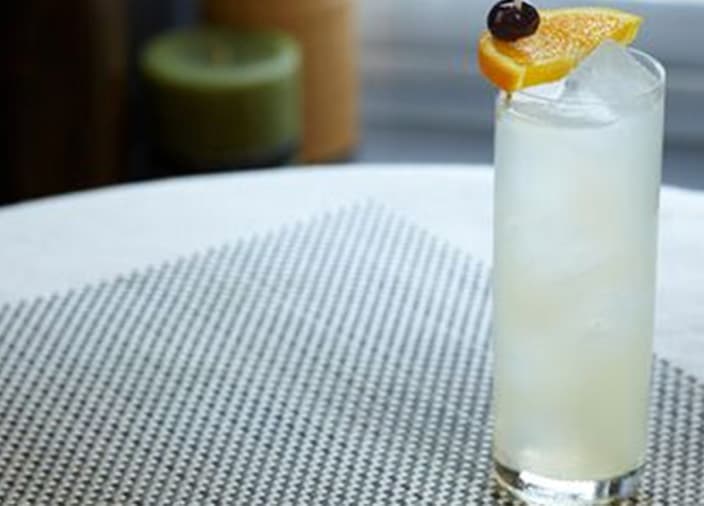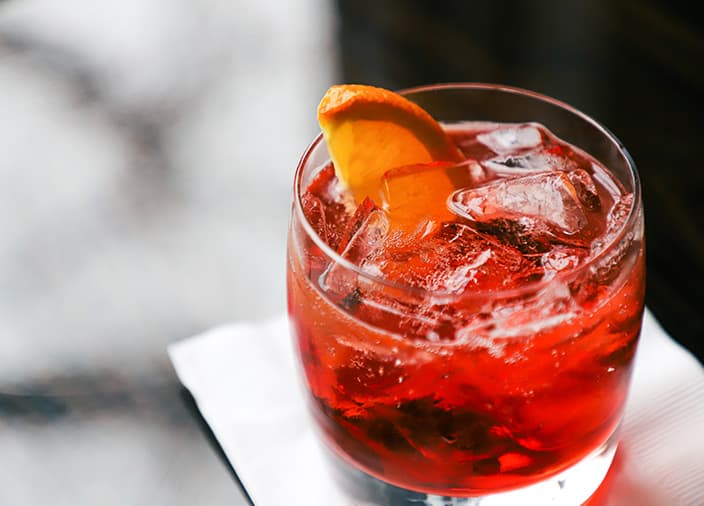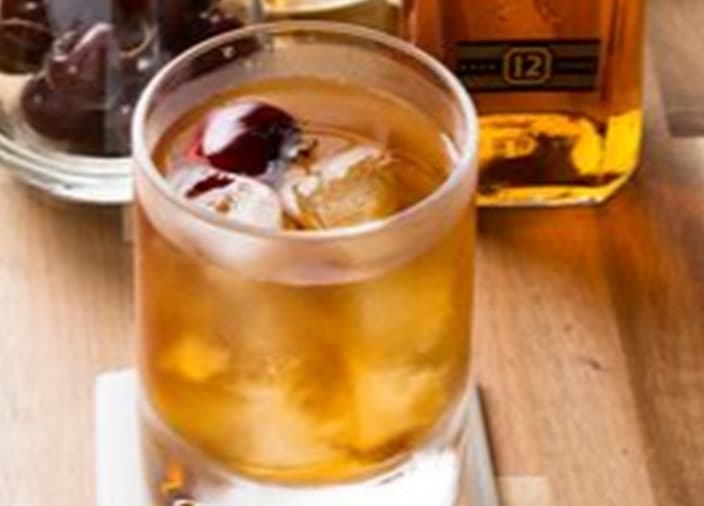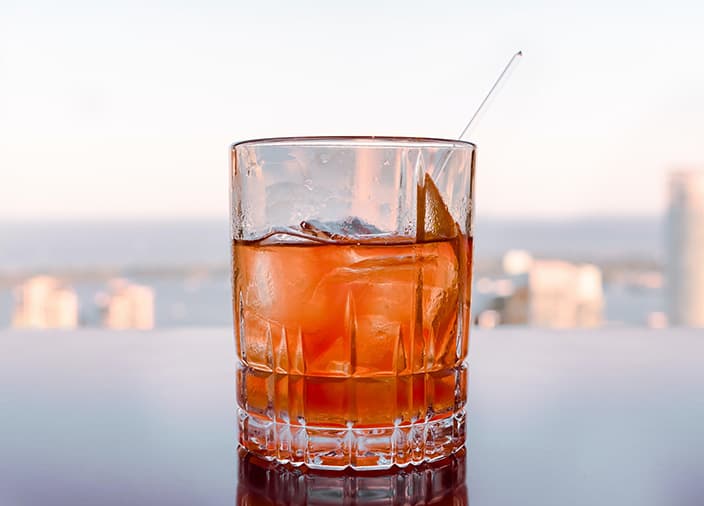Blogs & Inspiration
Why Are Cocktails Called Cocktails?
Enhance your knowledge of the background of famous cocktails to delight and charm your guests.
Estimated reading time: 4 minutes
As a bar professional, guests expect you to have a comprehensive knowledge of the drinks you serve. Understanding the ingredients and composition of a drink will make you a good bartender, but knowing the context and history around certain drinks will make you exceptional.
This knowledge can help you and your staff appear more informed and add character to your venue. Learn the background of your drinks to offer better customer service.

Tom Collins
The origins of the Tom Collins are said to come from New York and emerged after a practical joke swept the city. In 1874, individuals would tell their often easy-to-wind-up friends that a fake, made-up man called Tom Collins was insulting them in a nearby bar.
The effect of this prank meant that many men stormed into bars demanding to confront a Tom Collins, who, of course, wasn't there. Crafty bartenders cottoned on to this false identity joke and capitalised by naming a drink 'Tom Collins' to serve to these men.
Tom Collins Twists:
- Try serving the sister cocktail, the John Collins, which uses Genever as the base.
- Swap out sugar for green tea syrup. This helps enhance the botanical flavours of the gin.

The Negroni
The Negroni is said to be born in Florence, Italy, in 1919 after an Italian nobleman requested that his server strengthen an Americano cocktail by replacing the soda water with gin. The nobleman also replaced the typical lemon slice with an orange peel, creating this classic drink.
Negroni Twists:
- Offer the original drink the Negroni was modified from, The Americano, by replacing the gin with soda water and serving with a lemon slice.
- Replace the gin with tequila to create a Negroni Blanco.
Watch Now: The Ultimate Negroni Recipe

Manhattan
The Manhattan is cited as being created for an event at the Manhattan Club in 1874, specifically for Lady Randolph Churchill, the mother of Winston Churchill. However, records prove that Lady Churchill was probably not at this event, making this claim dubious.
The more likely story is that a bartender created this at the famed Hoffman House in around 1880. It's believed that an enigmatic figure known only as 'Black' created the drink, with one of his co-workers saying that it was "the most famous drink in the world in its time."
Manhattan Twists:
- Replace the bourbon with Rye-Whiskey, used in the original.
- Swap out Angostura bitters for orange bitters for a more citrusy taste.
- Instead of whiskey, try rum and pressed apple juice for a decadent spin on the favourite.

The Old Fashioned
The Old Fashioned is one of the earliest recorded cocktails in the world, being documented in a recipe book from 1806. It's this old age that gives the drink its name, as it's one that's stood the test of time.
Old Fashioned Twists:
- As the original recipe calls for any spirit, try replacing the whiskey with rum or vodka for a creative change.
- Swap the whiskey for tequila and add chocolate bitters to provide a modern take on an old classic.
Watch Now: The Ultimate Old Fashioned Recipe
Key Takeaways
- Being able to share details of drink’s backstory adds more theatre to your serve.
- The Tom Collins may have gotten popular after a practical joke in New York got out of control.
- The Negroni was made by an Italian Nobleman wanting to make a classic Americano Cocktail stiffer.
- The Manhattan was created by a bartender only known as 'Black' at the famous Hoffman House.
- The Old Fashioned is one of the oldest cocktails in the world, recorded in 1806 and used any spirit to make it.
Sign up for free and become a member of Diageo Bar Academy today to unlock the latest industry news, trends, and tips to keep your bar knowledge up to speed!
